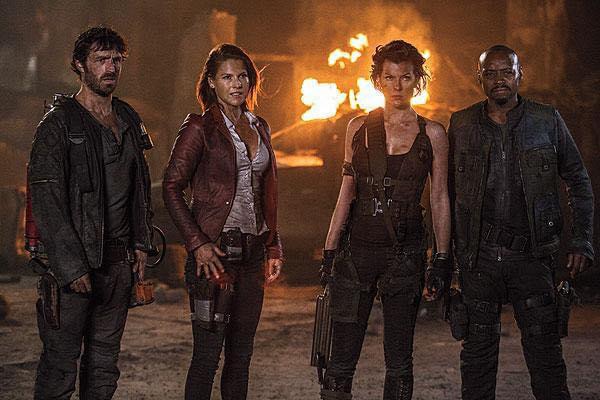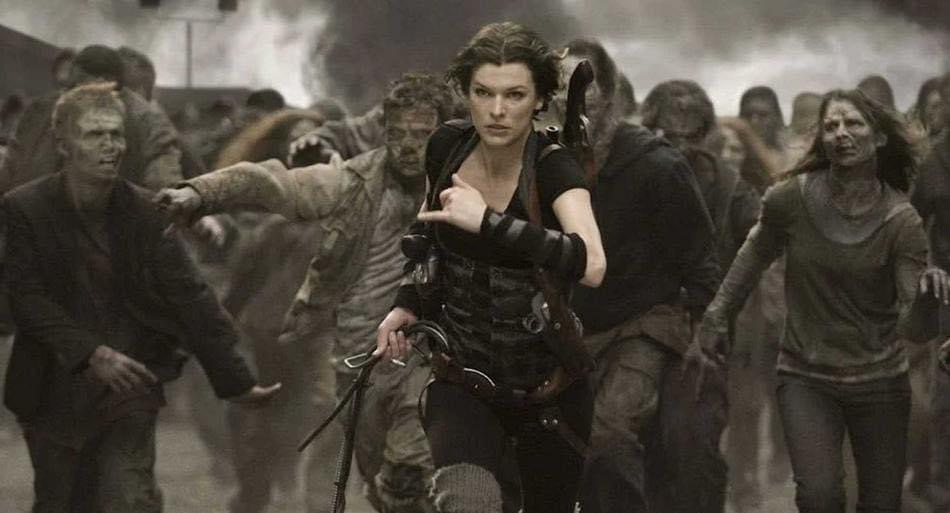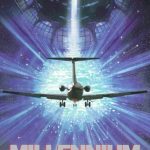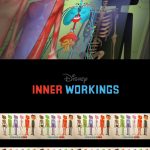Resident Evil: The Final Chapter (2016)

Resident Evil: The Final Chapter (2016), directed by Paul W.S. Anderson, is the sixth and supposed last entry in the long-running video game-to-film adaptation series starring Milla Jovovich as Alice, a relentless survivor in a post-apocalyptic world overrun by zombies and mutant creatures. The film attempts to wrap up the story that began with Resident Evil (2002), offering fans a high-octane, action-packed conclusion to Alice’s battle against the evil Umbrella Corporation.
Suggested videos for you:
Plot Overview
The movie picks up shortly after the events of Resident Evil: Retribution (2012), with Alice wandering a devastated Washington, D.C. She soon encounters the AI Red Queen (also from previous installments), who informs her of a new threat: the Umbrella Corporation has developed a final plan to exterminate the last remaining human survivors using a deadly airborne virus. Alice has 48 hours to stop them by retrieving the antivirus hidden beneath the Hive, the underground facility where her journey began in the original Resident Evil film.
In a race against time, Alice heads back to Raccoon City, where she reunites with old allies, including Claire Redfield (Ali Larter), and faces off against familiar enemies like Dr. Isaacs (Iain Glen). The final showdown takes place inside the Hive, tying the series back to its roots and bringing revelations about Alice’s origins and the true nature of her connection to the Umbrella Corporation.
Action and Visuals
As with previous films in the franchise, Resident Evil: The Final Chapter is dominated by intense action sequences and large-scale battles. Anderson maintains the franchise’s signature style of kinetic, fast-paced action, with quick-cut editing and a barrage of set pieces. From chase scenes with mutated creatures to all-out gunfights against Umbrella’s soldiers, the film is relentless in its pacing. The action is varied, ranging from vehicle chases through a devastated landscape to claustrophobic battles inside the Hive’s maze-like interiors.
The visuals are striking but chaotic. The series is known for its heavy use of CGI, and The Final Chapter continues this trend. The post-apocalyptic wastelands, as well as the grotesque mutant monsters, are rendered with decent, if somewhat overdone, computer effects. However, the rapid editing style, with its frenetic cuts during combat sequences, can be disorienting. While the fast pacing adds urgency to the narrative, it often sacrifices clarity, making it difficult at times to fully appreciate the action choreography or spatial awareness during key battles.
The film’s return to the Hive also offers some nostalgic value for longtime fans. The claustrophobic corridors, laser traps, and environmental hazards provide a callback to the original movie, evoking a sense of closure for the story’s setting.
Performances
Milla Jovovich once again carries the film as Alice, the indomitable heroine. She brings her usual physicality and determination to the role, portraying Alice as both a fierce warrior and a symbol of humanity’s resilience. While her character’s arc has been thinly sketched over the course of the series, Jovovich’s performance is charismatic enough to keep viewers invested in Alice’s final mission.
Ali Larter returns as Claire Redfield, though her role is relatively minor compared to her appearance in previous entries. Her presence serves as a reminder of the franchise’s ensemble, but she doesn’t have much to do in terms of narrative significance. Iain Glen reprises his role as Dr. Isaacs, providing the film’s central antagonist. Glen’s portrayal of Isaacs is suitably menacing, with a touch of the megalomaniacal villainy one expects in a final confrontation.
The supporting cast, including Ruby Rose and William Levy, are mostly there to fill out the roster of disposable characters, serving as cannon fodder during the film’s more brutal sequences. While they add some additional tension to the fight scenes, they don’t contribute much to the overall plot or emotional weight of the film.
Story and Narrative
Where The Final Chapter falters most is in its storytelling. The Resident Evil films have always been more focused on action and spectacle than narrative coherence, but even by those standards, this final entry feels especially rushed and muddled. The film attempts to tie up loose threads and provide answers to lingering questions, such as Alice’s true identity and the Umbrella Corporation’s ultimate plan. However, many of these revelations feel underdeveloped and tacked on, raising as many questions as they answer.
The plot is driven almost entirely by convenience and last-minute twists. Characters from previous films are conspicuously absent without explanation, and new plot points (like Alice’s origins) are introduced in the final act, leaving little time for meaningful development. This rush to the finish line undermines the emotional impact the film is striving for, particularly when it comes to Alice’s backstory and her connection to the franchise’s broader mythos.
Additionally, the decision to bring the story full circle, back to the Hive and Raccoon City, feels like a missed opportunity. While it’s intended to provide closure, it comes across as a rehash of familiar territory rather than a fresh, satisfying conclusion to the series’ sprawling narrative.
Themes
Resident Evil: The Final Chapter touches on themes of survival, identity, and corporate greed, though none are explored in much depth. The franchise’s ongoing critique of corporate exploitation and bioengineering, embodied by the sinister Umbrella Corporation, remains central to the plot, but the film’s focus on action leaves little room for thematic exploration.
The concept of Alice as a clone and her existential struggle with her purpose and identity, introduced in earlier films, is revisited in the final act. However, the revelations about Alice’s true nature and her role in the Umbrella Corporation’s plans feel like an afterthought, lacking the emotional or philosophical weight that such a storyline could have carried.
Criticism
The film’s most significant flaw is its chaotic pacing and lack of narrative cohesion. The action sequences, while entertaining, often feel overstuffed, with little time for character development or meaningful stakes. The rapid-fire editing style, while a hallmark of the franchise, is particularly excessive here, making it difficult for viewers to fully engage with the set pieces.
Additionally, the film’s attempts to tie together the overarching plotlines of the series feel half-hearted. Key characters and











